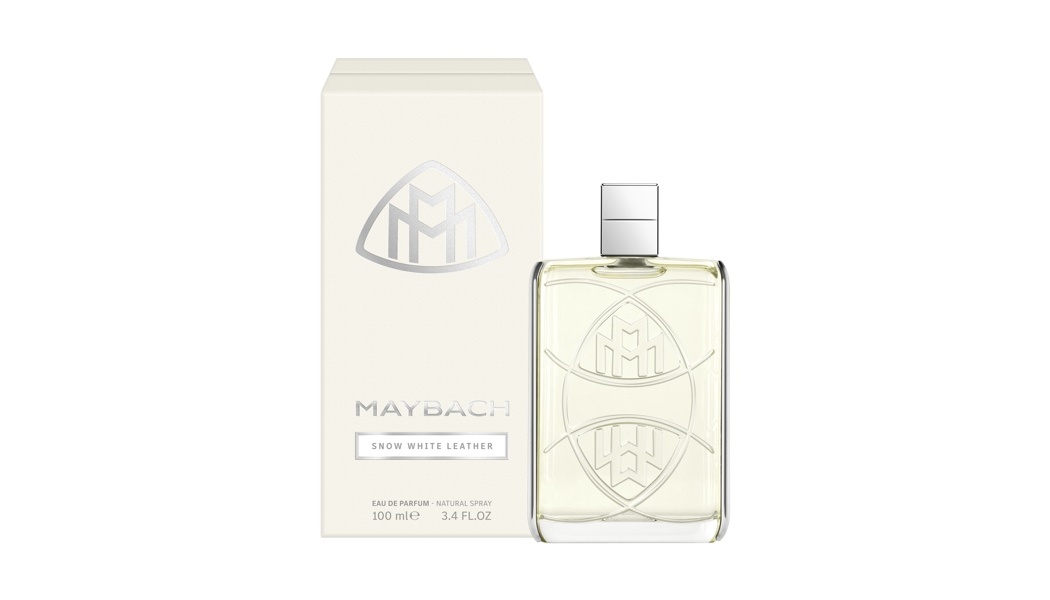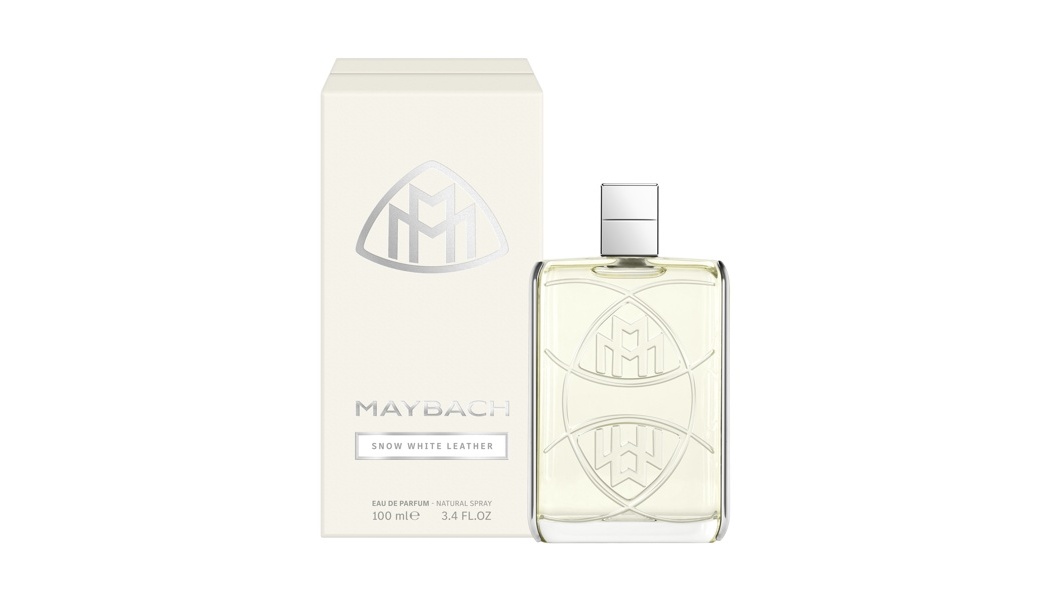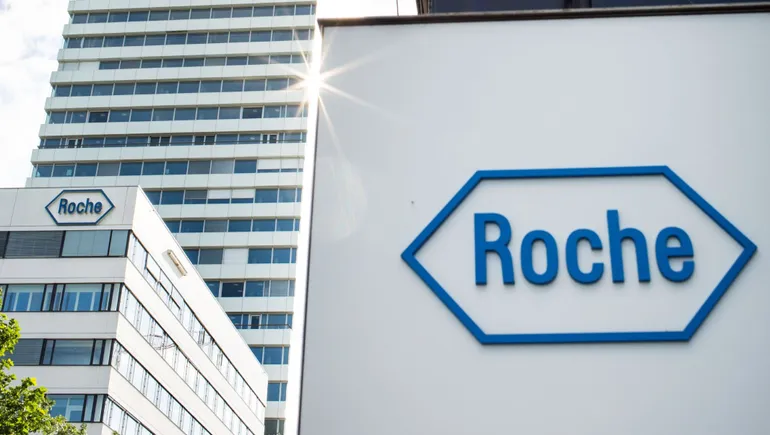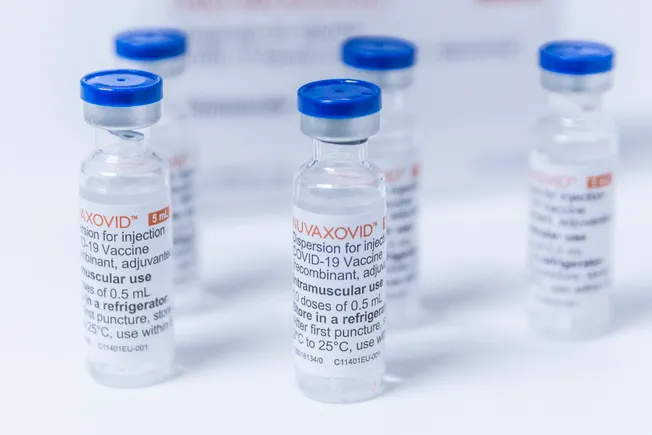Semi‐Interpenetrating Network Electrolytes Utilizing Ester‐Functionalized Low Tg Polysiloxanes in Lithium‐Metal Batteries
Advanced Energy Materials, Volume 15, Issue 12, March 25, 2025.

A low T
g polysiloxane carrying diester side chains exhibits high ionic conductivity and lithium transference number. This electrolyte is incorporated into a semi-interpenetrating network structure obtained by crosslinking with a polyester-based telechelic. This crosslinked polymer electrolyte shows improved storage modulus maintaining the high ionic conductivity and enabling stable battery cycling at room temperature.
Abstract
Solid polymer electrolytes (SPE) obtained from polyesters are viable alternatives to polyethylene oxide-based materials, especially for room-temperature applications. In SPEs, the ion conduction is dependent on the polymer segmental mobility and is thus facilitated by low glass transition temperature (T g). Here, the study synthesizes an ester-funtionalized polysiloxane-based polymer electrolyte with an exceptionally low T g of −76 °C, resulting in a high ionic conductivity of 2.6 × 10−5 S cm−1 at room temperature and a lithium transference number of 0.72. However, the low T g and consequently low mechanical stability require reinforcement to promote the formation of stable lithium-electrolyte interfaces in lithium plating stripping experiments and stable battery cycling in lithium-metal batteries (LMBs). For this, the SPE is incorporated into a network structure to yield a semi-interpenetrating network electrolyte (SPE20-SIPN) which results in significantly improved storage modulus by three orders of magnitude and ionic conductivity is maintained upon crosslinking. The SPE20-SIPN exhibits stable cycling for up to 50 cycles with fluctuation (voltage noise) in some of the cells. A combination of crosslinking and nanoparticle addition (SPE20-N10-SIPN) overcomes the voltage noise and results in high coulombic efficiencies and high capacity retention above 80% for 200 cycles in solvent-free, all-solid-state LMBs at 30 °C.


















































































































































































